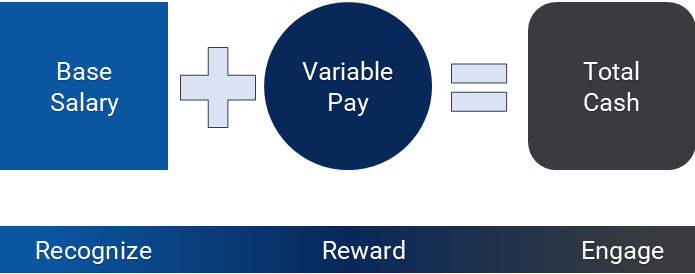We work with mission-focused organizations in a number of varied market sectors, including health care, associations, foundations, and others. We believe that the people in these organizations play a great role in helping achieve the mission and, by extension, improve society as a whole. Collective and individual performance from people at all levels – from top executives to support staff – are critical to a mission-focused organization’s ultimate success.
Mission-focused organizations also have several unique challenges in developing and sustaining performance, along with several unique opportunities. Senior team members would agreed that their real purpose is, for example, to end world poverty – otherwise known as achieving their mission. This is obviously an important and lofty goal, however, they sometimes appeared unclear on how to operationalize a strategy that is aimed at doing just that – ending world poverty. It is simply not that easy to measure indirectly, and probably impossible to measure directly. This disconnect is further widened when team members attempt to understand their specific roles and how their performance relates to achieving, or not achieving, the mission. They simply were not sure how to mobilize the organization in one unified direction given that each individual had his or her own role.
The tremendous opportunity, as we see it, is that our mission-focused clients can leverage one of their innate strengths to build this unification – intellectual discourse and communication. It is not required that the top executive team be able to specifically direct employees at all levels in the specific actions each needs to take so that the organization as a whole can succeed. Either working upward or downward, the internal communication processes already exist to peel away at broad organizational objectives to create smaller and increasingly finite objectives that, at some point in the process, can be easily understood in a particular functional area or by an individual employee. Essentially, we are describing an organizational communication process that speaks specifically to what the purpose of an employee’s role is and what they should accomplish.
The sincerity of the organization’s belief in what it wants employees to accomplish can be found in how it pays its employees. The adage “put your money where your mouth is” may sound trite, but it certainly applies. Whether consciously or unconsciously, whether directly or through longer-term turnover, employees generally do what they are paid to do within the cultural context of their employer. For example, most of our mission-focused clients would like to instill more risk-taking and entrepreneurial behavior in their employees so that they can better compete for decreasing resources or do more with the resources already at their disposal. Some would even like to inculcate traces of a “sales” culture. However, some find this cultural change difficult because the way they reward employees tends to remain unchanged and is still likely to support old behaviors. For a rewards pay program to truly support and even drive performance toward strategic objectives and goals, it must be purposefully aligned with the organization’s overall desired direction. This is particularly true when broad strategic change has occurred or is contemplated.
Among the reward levers available to mission-focused organizations, base pay and incentive pay continue to be substantive drivers of employee and organizational performance. Each of the various reward elements can be levered to reinforce or introduce desired behaviors. The graphic below shows each of the various reward elements to reinforce or introduce desired behaviors.

Few organizations, if any, really believe that individual employee performance is fully recognized through a traditional merit increase. Whether an employee receives a 2% or 4% increase is hardly a motivator. Some may argue that it is the level of increase an employee receives relative to his or her peers that send a clear performance message. In fairness, this argument may be accurate, but it clearly would also suggest that employees compete against one another for precious salary increase budget dollars. At a basic level, comparing employees’ performance relative to one another is in direct conflict with the supposition that if everyone performs well, then the entire organization performs well.
Variable pay then, as a reward concept that supports organizational performance, can have a valuable impact if used within a total cash delivery concept. Base pay and individual changes to it recognize the value an employee brings to the organization and the “cost” of that value in the market. Base pay changes are delivered in several traditional ways – through annual increases, promotions, and for other purposes of recognition – but they ultimately reflect what an employee is worth now relative to what he or she was worth at a prior assessment period. Actual annual performance (relative success/failure) is then measured and rewarded through a variable pay program. The construct of the variable pay program can focus on overarching organization performance, functional or programmatic performance, individual performance, or, more likely, some combination of all levels.
We feel that a well-designed and deployed total cash delivery program can clearly communicate and reinforce organizational needs and values as well as define and measure individual employee roles and contributions within the greater context.




